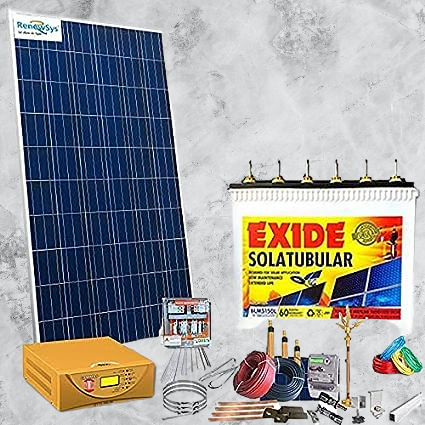United States Solar Market// US solar Market insight report
The United States solar market has experienced substantial growth and has become one of the largest solar markets in the world. Here are some key points about the solar market in the United States:
1. Installed Capacity: The United States has seen significant growth in solar energy installations over the past decade. the country had over 100 gigawatts (GW) of installed solar capacity, including both photovoltaic (PV) and concentrated solar power (CSP) systems.
2. Residential Sector: The residential sector has played a crucial role in the growth of the solar market. Many homeowners have installed rooftop solar panels to generate clean energy and reduce their electricity bills. This sector has been supported by incentives such as net metering, which allows homeowners to sell excess electricity back to the grid.
3. Commercial and Industrial Sector: The commercial and industrial (C&I) sector has also been adopting solar energy at a significant rate. Many businesses and organizations are installing solar panels on their rooftops or developing solar farms to offset their energy consumption and reduce their carbon footprint. This sector has been driven by cost savings, sustainability goals, and corporate social responsibility initiatives.
4.Utility-Scale Sector: The utility-scale sector refers to large-scale solar installations that feed electricity directly into the grid. These projects, often developed by independent power producers or utilities, have been instrumental in driving the overall growth of solar energy in the United States. Many states have set renewable energy targets, leading to a surge in utility-scale solar projects.
5. Policy Support: The solar industry in the United States has benefited from various federal, state, and local policies that promote renewable energy. The federal Investment Tax Credit (ITC), which provides a tax credit of up to 26% for solar installations, has been a significant driver of solar growth. Additionally, some states have implemented renewable portfolio standards, requiring a certain percentage of their electricity to come from renewable sources.
6. Declining Costs: The cost of solar energy has declined significantly in recent years, making it increasingly competitive with traditional energy sources. Technological advancements, economies of scale, and improved manufacturing processes have contributed to the reduction in costs. As a result, solar energy has become an attractive option for both residential and commercial customers.
7. Job Creation: The growth of the solar industry has created numerous job opportunities in the United States. These jobs span various sectors, including manufacturing, installation, project development, operations, and maintenance. The solar industry has become an important source of employment and has contributed to the country's clean energy job market.
It's important to note that the solar market is constantly evolving, To get the most up-to-date information on the United States solar market, I recommend referring to industry reports, government publications, and consulting reputable research organizations that focus on renewable energy.
United States Solar Market insight Report
Solar power has been experiencing significant growth in the United States over the past decade. The country has seen a substantial increase in installed solar capacity, driven by declining costs of solar technology, supportive government policies, and growing environmental concerns.
Some key points about the United States solar market as of my last update:
1. Installation Growth: The solar industry has witnessed remarkable growth in the installation of solar photovoltaic (PV) systems across residential, commercial, and utility-scale sectors. The cumulative solar capacity has been steadily increasing, and solar has become one of the fastest-growing sources of new electricity generation in the country.
2. Policy Support: Various federal and state-level policies have played a crucial role in promoting solar energy. The Investment Tax Credit (ITC) has been a significant incentive, providing a federal tax credit for solar installations. Additionally, many states have implemented Renewable Portfolio Standards (RPS) requiring a certain percentage of electricity generation to come from renewable sources, including solar.
3. Falling Costs: The cost of solar PV systems has decreased significantly over the years, making solar energy more affordable and competitive with other energy sources. This cost reduction has been driven by advancements in technology, economies of scale, and improved manufacturing processes.
.jpg)



%20(31).jpg)
Comments
Post a Comment